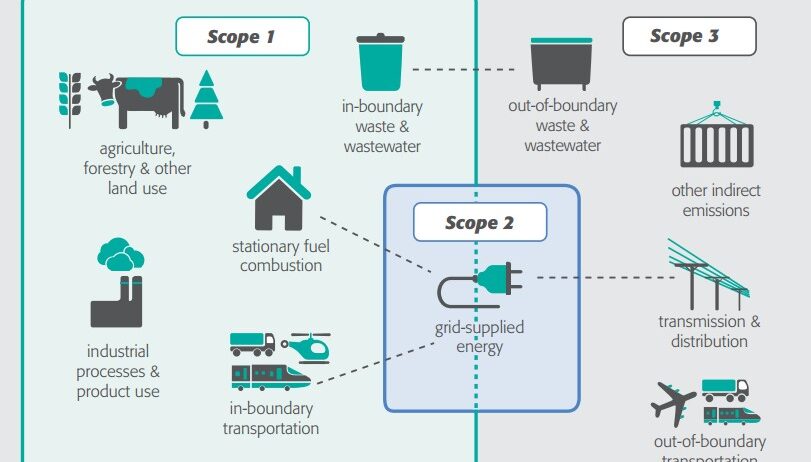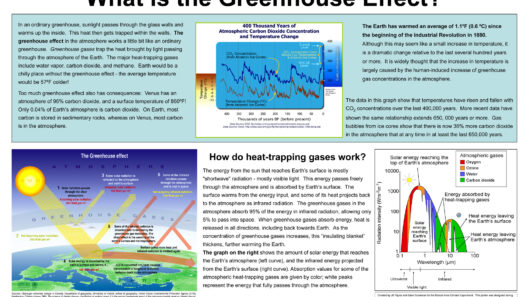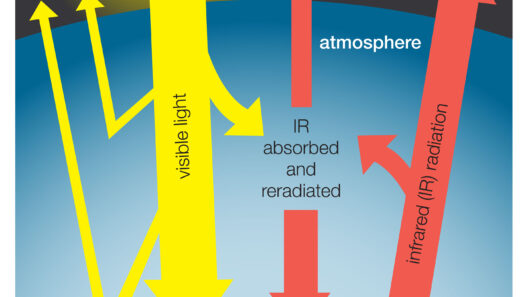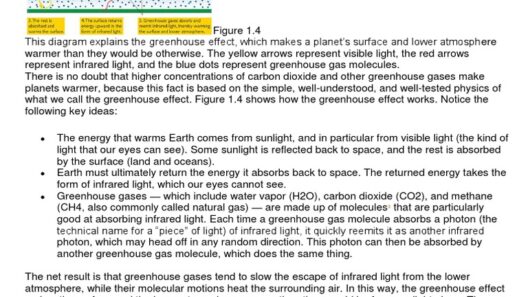The greenhouse effect, while a natural phenomenon essential for life on Earth, has escalated to alarming levels due to human activities. This has led to global warming, a pressing environmental crisis. As temperatures rise, so too does the urgency to reduce greenhouse gas emissions. By exploring various strategies and solutions, we can collectively work toward mitigating this profound challenge.
Choosing alternative energy sources is one of the most robust approaches to reducing greenhouse gas emissions. Transitioning from fossil fuels to renewable energy is pivotal in this quest. Renewable energy sources, such as solar, wind, and hydropower, offer an abundant and sustainable replacement for carbon-intensive fossil fuels. The visual aesthetic of solar panels glimmering under the sun, or wind turbines gracefully pirouetting against vast landscapes, invites us to imagine a cleaner, more vibrant future. The reduction in carbon emissions resulting from harnessing these inexhaustible resources has profound implications not just for climate stability, but for the health and well-being of the planet’s ecosystems.
Cultivating energy efficiency is paramount when addressing greenhouse gas emissions. Dramatic reductions can be realized by enhancing the efficiency of energy use across residential, commercial, and industrial sectors. Programs promoting energy-efficient appliances and building standards can significantly decrease energy consumption. Consider a newly constructed green building, boasting innovative materials and designs that maximize natural light and ventilation. Such structures not only embody aesthetic modernity but dramatically lessen their carbon footprint. Additionally, retrofitting existing buildings with energy-efficient technologies can yield substantial greenhouse gas reductions while fostering innovation in architectural practices.
Transportation is another critical domain where emissions can be curtailed. The combustion of fossil fuels in vehicles remains a significant contributor to greenhouse gases. Shifting into high gear, cities worldwide are investing in public transportation systems that are more efficient and appealing, thus encouraging users to leave their cars at home. The allure of modern subways and buses, sleekly designed for comfort and punctuality, makes public transport a coveted option. Simultaneously, the surge in electric and hybrid vehicles signifies a transformative wave in personal transportation. With advancements in battery technology, the once-imposing barriers of electric vehicles are receding, paving the way for a cleaner commute.
Dine sustainably: agricultural practices are integral to understanding our carbon footprint. The food production process, from farming to the dinner plate, accounts for a large share of global emissions. Embracing regenerative agriculture could transform the landscape of food systems. This approach cultivates soil health, enhances biodiversity, and mitigates carbon release. Crop rotation, reduced tillage, and organic farming practices not only improve yields but also sequester carbon in the soil. Picture lush fields, bountiful harvests, and a thriving ecosystem, all while supporting local economies and minimizing environmental impacts.
From flying cars to drone deliveries, the advent of technology pushes the boundaries of innovation—and climate solutions are no exception. Smart technologies are revolutionizing energy management, particularly in urban settings. The advent of smart grids, equipped with sensors and automated controls, optimizes the distribution and consumption of energy. Intelligent systems can respond dynamically to energy demands, minimizing waste and enhancing efficiency. Imagine a city where buildings communicate with the energy grid, consuming only what they need, thereby drastically reducing the collective carbon footprint.
Community engagement is also a vital ingredient in the recipe for success. Grassroots initiatives, educational programs, and outreach campaigns can transform public awareness and inspire action. Local communities play an instrumental role in implementing environmental policies and adapting sustainable practices. Imagine vibrant community gardens, where neighbors gather to cultivate fresh produce, fostering both food security and a deeper connection to nature. Initiatives like these not only serve to reduce emissions but weave a tighter social fabric, nurturing collaboration and collective stewardship of the environment.
Carbon capture technology emerges as an intriguing and avant-garde solution. By capturing carbon dioxide emissions at their source before they reach the atmosphere, we can significantly diminish the amount of greenhouse gas in the sky. This technology, while still in its nascent stages, offers a glimmer of hope for industries that are difficult to decarbonize. The aesthetic of large, intricate equipment dedicated to purifying air will soon become a hallmark of our industrial landscape, symbolizing humanity’s commitment to a cleaner future.
In exploring solutions to minimize greenhouse gas emissions, it becomes apparent that multifaceted strategies are essential. From advancing renewable energy and enhancing energy efficiency to reimagining transportation and transforming agricultural practices, each path contributes to a holistic approach. As societal values shift towards sustainability, the aesthetic appeal of green initiatives complements their functional benefits. The future rests in our hands, and it is imperative to embrace the myriad solutions available. Together, we can cultivate a thriving planet by reducing the greenhouse effect on Earth.








